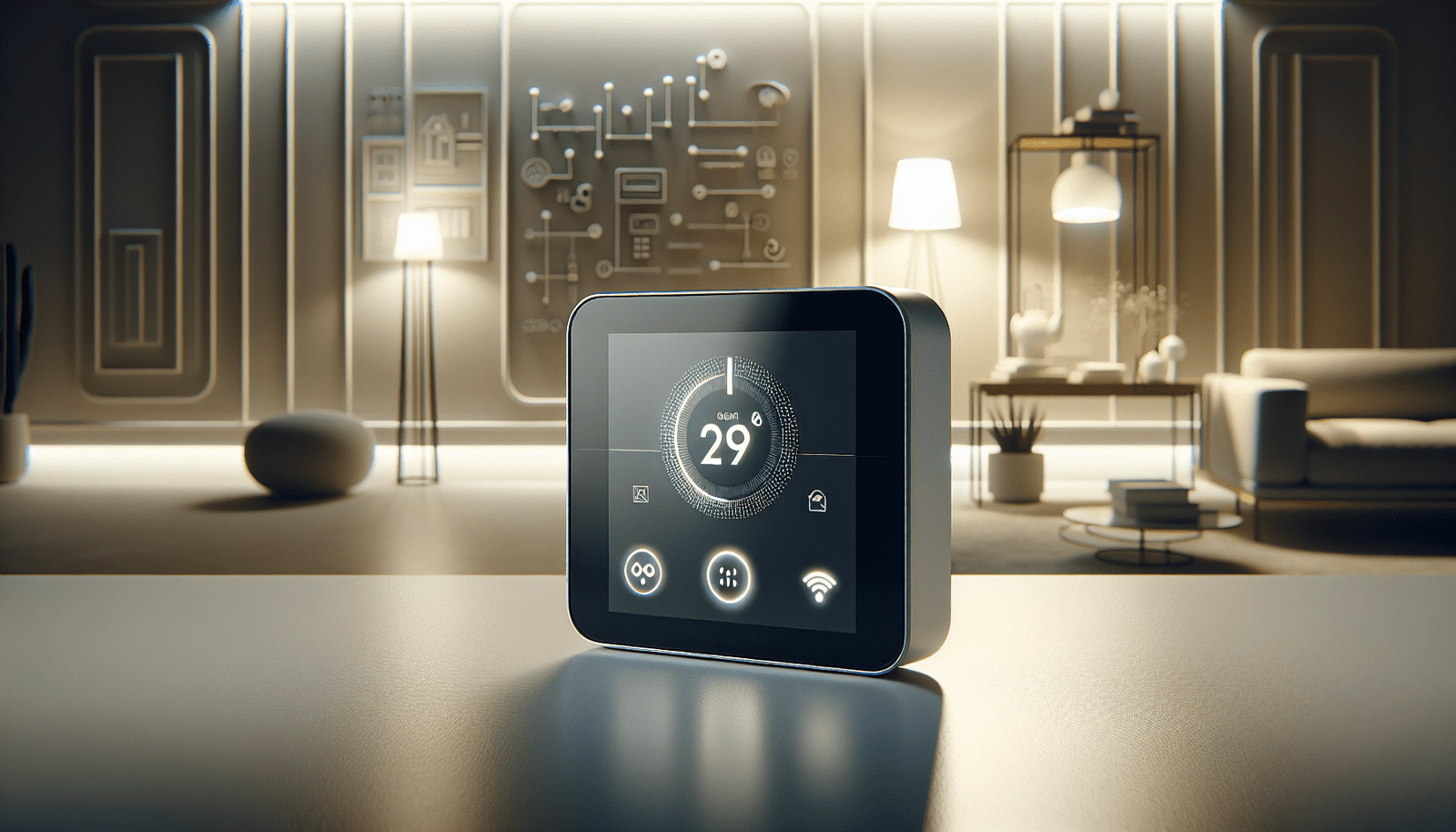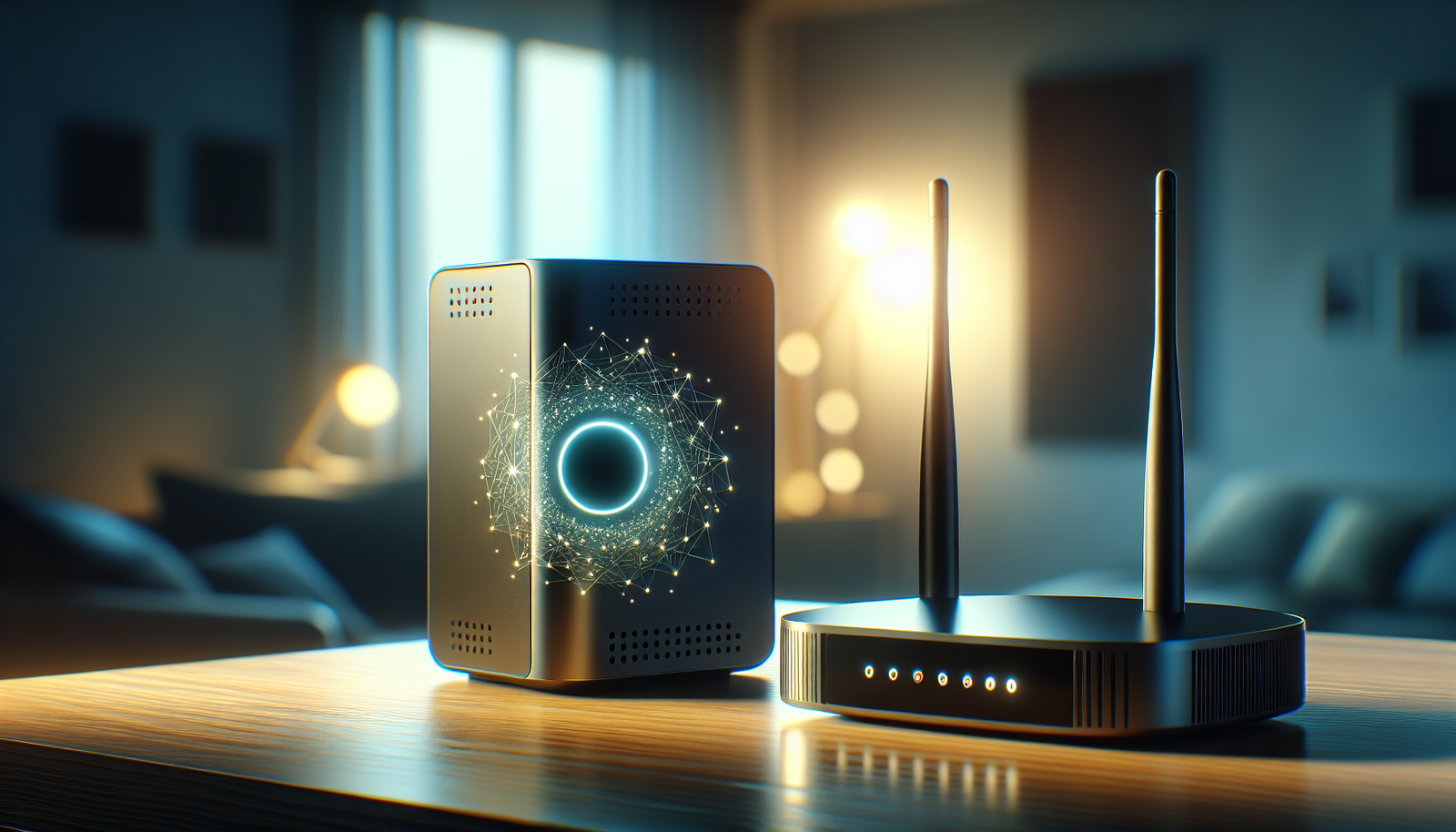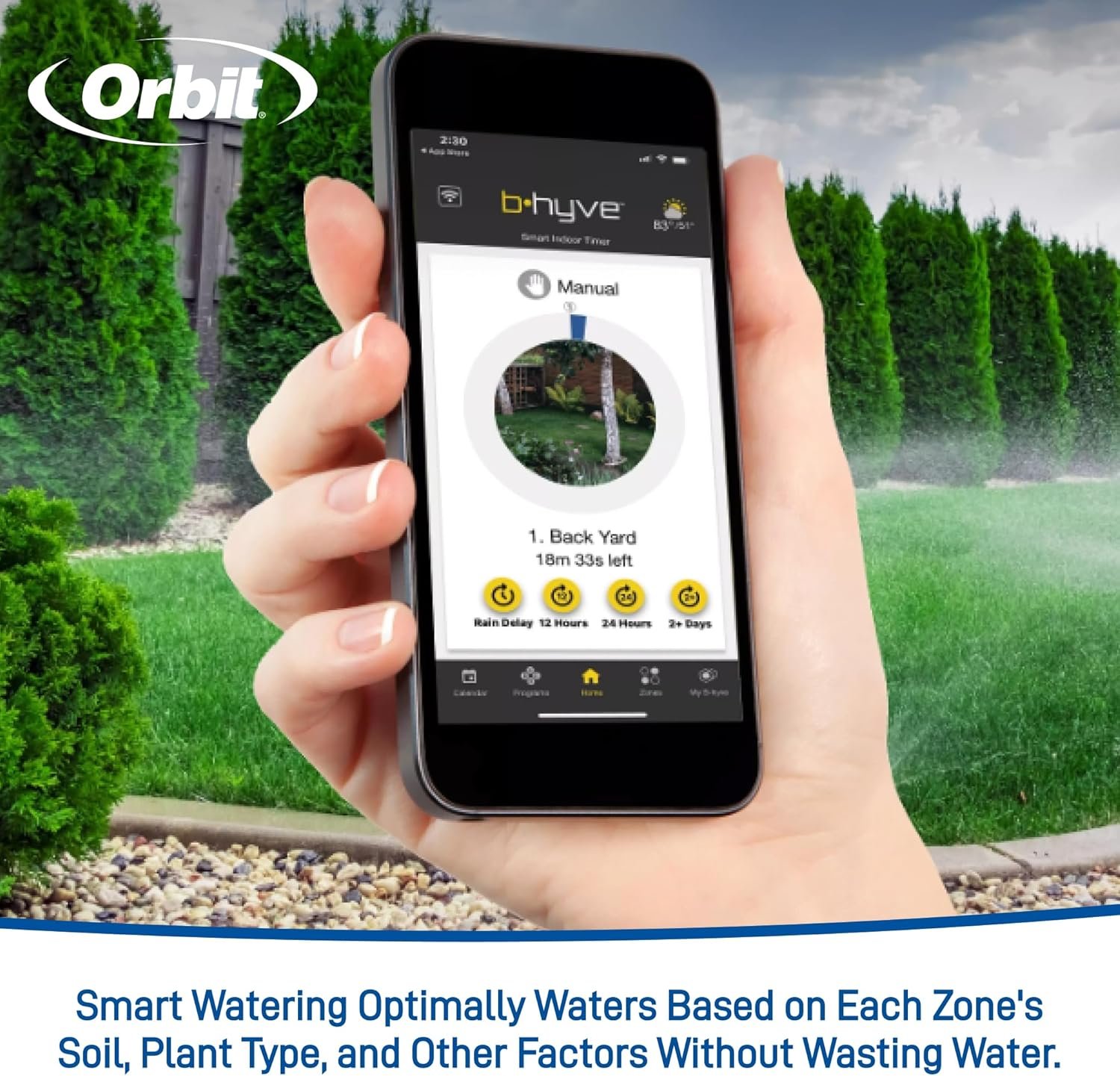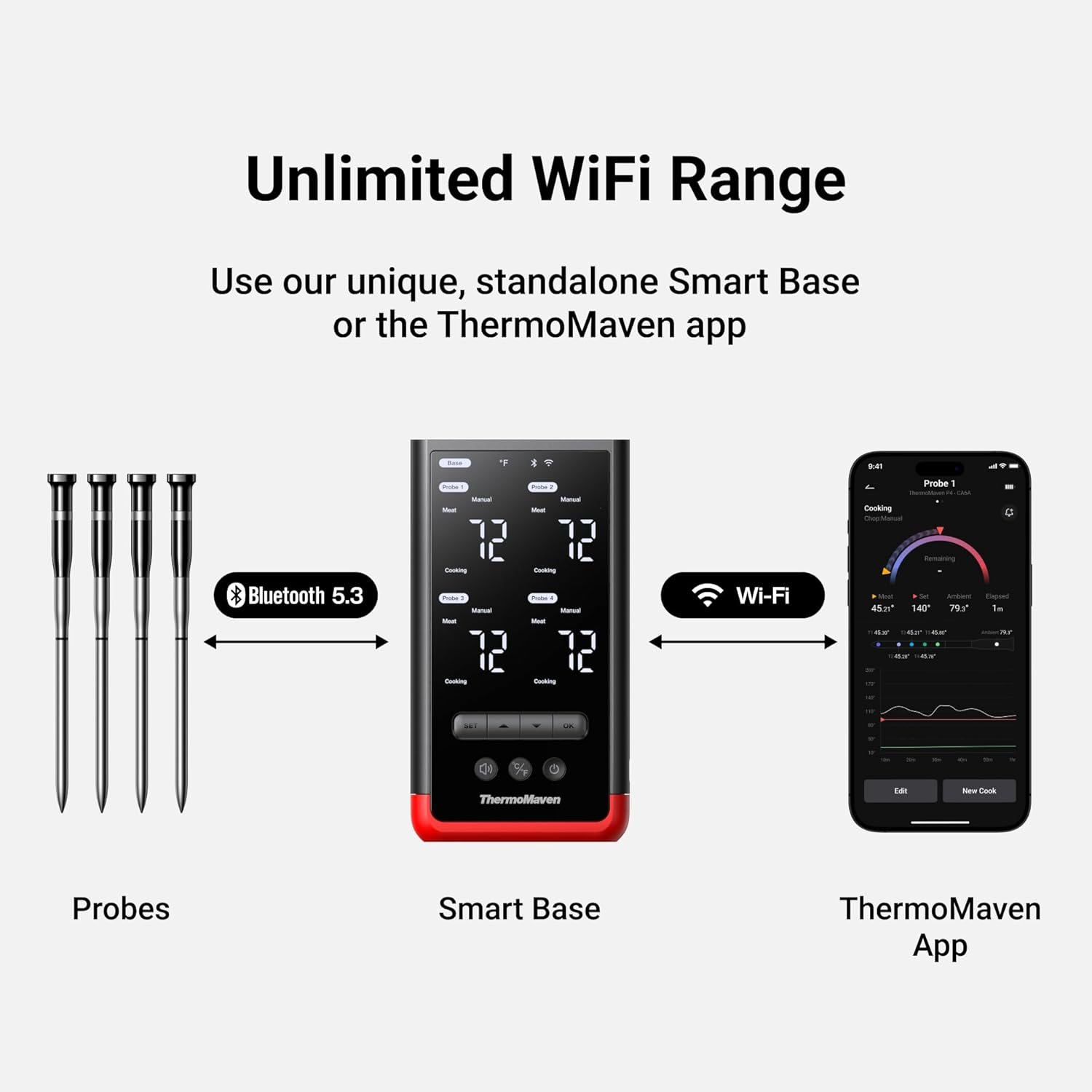Have you ever considered how technology can transform your home’s environment and save you money at the same time? Smart thermostats that integrate seamlessly with popular voice assistants such as Alexa, Google Home, and Siri are becoming increasingly accessible to average consumers. They promise to bring energy efficiency, convenience, and even cost savings to your home.
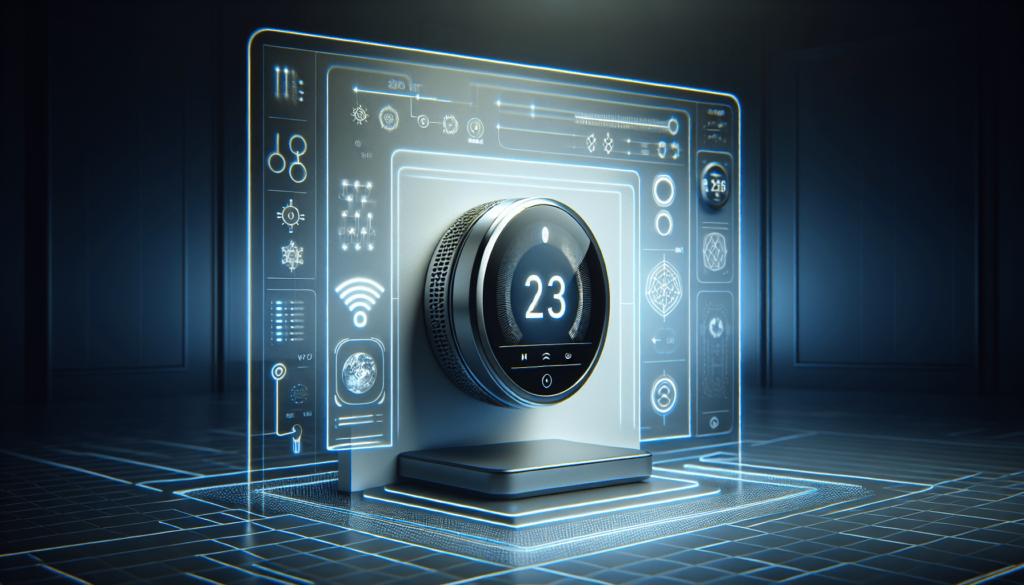
What Are Smart Thermostats?
Smart thermostats are advanced temperature control devices that adjust heating and cooling settings for greater energy efficiency and comfort. Unlike traditional thermostats, smart versions can learn your habits, respond to real-time conditions, and be programmed or adjusted remotely through various devices or voice assistants. This makes them a central hub for modern home automation.
How Smart Thermostats Work
Smart thermostats connect to your home’s Wi-Fi network, allowing you to control your home’s heating and cooling systems from your smartphone or other smart devices. They gather and analyze data, using algorithms to optimize your heating and cooling without requiring constant manual adjustments, offering both convenience and efficiency.
Why Choose Smart Thermostats Compatible with Alexa, Google Home, and Siri?
Integrating smart thermostats with Alexa, Google Home, or Siri allows for voice-controlled adjustments, elevating accessibility and ease of use. Whether you want to change your home’s temperature while cooking, watching a movie, or lying in bed, voice control offers unmatched convenience.
Benefits of Compatibility with Voice Assistants
- Convenience: You can make quick and easy adjustments without needing to engage with multiple devices.
- Accessibility: Voice commands offer an extra level of accessibility for people with disabilities or those who prefer hands-free operation.
- Integration: Such thermostats can harmonize with other smart devices, creating a fully integrated smart home environment.
Comparing Smart Thermostat Options
Key Features to Consider
When evaluating smart thermostats, consider several key features that will affect your experience:
- AI Learning: Many smart thermostats can learn your routines and adjust settings automatically, optimizing comfort and efficiency.
- Geofencing: This feature uses your smartphone’s location to recognize when you are away from home or returning, adjusting settings to save energy accordingly.
- Multi-zone Control: Allows for different temperatures in various areas of your home, enhancing comfort and saving energy.
- Energy Reporting: Monitors your energy consumption and provides feedback, helping you understand your habits and save money.
- Ease of Use: Ensure the app interface and controls are intuitive and user-friendly.
Here, we compare several popular smart thermostats compatible with Alexa, Google Home, and Siri, considering these essential features:
| Feature | Nest Learning Thermostat | Ecobee SmartThermostat | Honeywell Home T9 | Sensi Touch Smart |
|---|---|---|---|---|
| AI Learning | Yes | Yes | No | No |
| Geofencing | Yes | Yes | Yes | Yes |
| Multi-zone | Yes (via sensors) | Yes (via sensors) | Yes (via sensors) | No |
| Energy Reporting | Yes | Yes | Yes | Basic |
| Compatibility with Alexa, Google Home, Siri | Yes | Yes | Yes | Yes |
| Price Range | $$$ | $$$ | $$ | $$ |
Cost Savings and Energy Efficiency
Smart thermostats can significantly reduce your energy bills by optimizing heating and cooling processes, learning your preferences, and reducing waste. According to research, homeowners can save an average of 10% to 15% on heating and cooling costs by using smart thermostats.
Energy Efficiency Improvements
- Scheduled Adjustments: Program heats up or cools down when you need it, such as when waking up or returning from work, reducing energy waste.
- Adaptive Algorithms: Continuously learn and adapt to your preferences, optimizing energy use.
- Energy Usage Reports: Provide insights into how you are consuming energy, enabling more informed decisions.
Available Rebates
Many energy companies and government programs offer rebates for the installation of energy-efficient devices, including smart thermostats. Make sure to check local resources to see if you qualify for these incentives.
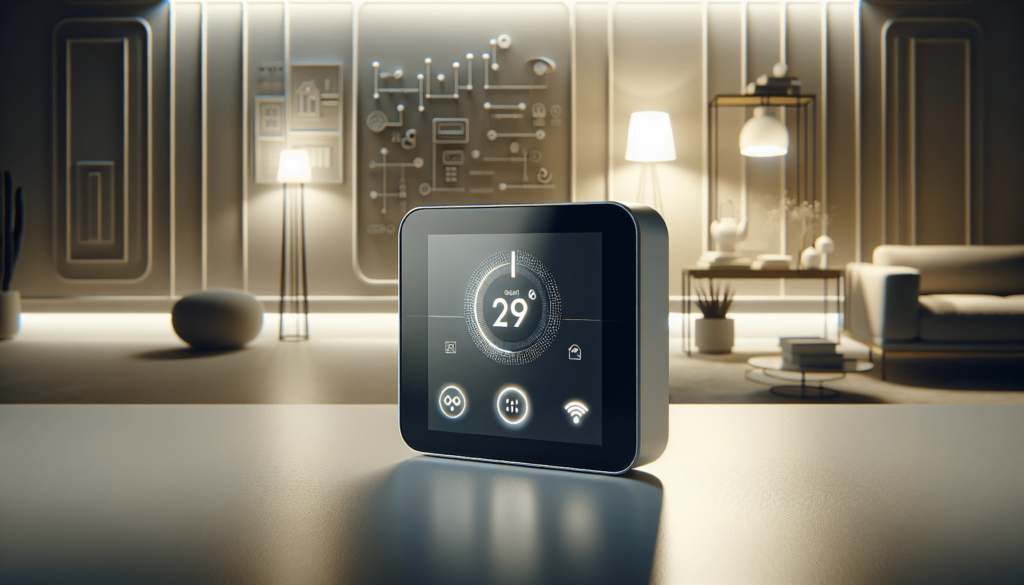
Installation and Troubleshooting
Installation Tips
Installing a smart thermostat is generally a straightforward process, but certain steps should be followed to avoid difficulties. First, ensure that your HVAC system is compatible with your chosen model. Most manufacturers provide compatibility checking tools on their websites.
- Turn Off Power: Always turn off the power to your HVAC system before installation.
- Remove Old Thermostat: Carefully detach the old thermostat and label the wires as you disconnect them.
- Mount the New Thermostat: Follow the instructions for securely mounting the new device.
- Connect the Wiring: Use labeled wires to connect your new thermostat, following the manufacturer’s guide.
- Power Up and Configure: Once installed, power up and go through the initialization and configuration process through your app or device.
Troubleshooting Common Issues
- Connection Problems: Ensure your Wi-Fi is stable and the thermostat is within range.
- Inaccurate Temperature Readings: Calibrate the thermostat if the temperature seems off or is reading differently from expected.
- Firmware Updates: Regularly check for and install firmware updates to ensure peak performance.
Advanced Features
As home automation becomes increasingly sophisticated, smart thermostats are equipped with advanced features that extend beyond basic functionality.
AI Learning and Predictive Adjustments
By analyzing your previous temperature settings and occupancy patterns, AI-driven thermostats can predict your requirements and adjust accordingly, often without any manual input.
Geofencing for Energy Savings
Geofencing capabilities significantly enhance energy savings by recognizing when you’re away and adjusting settings accordingly. This prevents unnecessary heating or cooling when you’re not home.
Multi-zone Temperature Control
Systems that support multi-zone control are excellent for large homes with varying temperature needs in different areas, ensuring even distribution and tailored comfort.
Potential Drawbacks of Smart Thermostats
Despite their many advantages, smart thermostats may have some downsides:
- Upfront Costs: The initial purchase and installation can be expensive compared to traditional units.
- Privacy Concerns: As with any connected device, there’s a potential risk of data privacy exposure.
- Complexity for Some Users: Users who are less familiar with technology might find them intimidating or challenging to operate without initial guidance.
Determining Suitability for Your Home
To decide if a smart thermostat is the right choice for your situation, consider your current lifestyle, environmental priorities, and budget.
- Lifestyle Considerations: If you value remote access and automation, a smart thermostat might be worth the investment.
- Budget Consciousness: Compare potential savings from increased efficiency and available rebates against the cost of purchasing and installing a smart thermostat.
- Environmental Impact: If reducing your carbon footprint is a priority, the energy efficiency offered by smart thermostats aligns well with these goals.
Conclusion
Smart thermostats compatible with Alexa, Google Home, and Siri provide a seamless integration with your smart home ecosystem, offering convenience, efficiency, and potential cost savings. Their ability to learn habits, automate temperature control, and utilize advanced features make them an attractive choice for homeowners aiming to enhance their home’s comfort and energy usage. Carefully consider your individual needs, technology comfort level, and potential savings to make an informed decision that suits your lifestyle and budget.
Disclosure: As an Amazon Associate, I earn from qualifying purchases.
